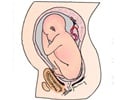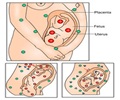Zika virus infection may be causing more pregnancy losses or stillborn babies than we believe. Therefore, it is important to screen all pregnant women living in areas where Zika virus infection is widespread.
- Zika virus infection during pregnancy might be associated with higher incidence of miscarriages and stillbirths (babies born dead), even if women do not show any clinical features of the illness
- Zika virus infection during pregnancy is known to affect the developing fetus (baby in the womb) leading to birth defects, especially brain abnormalities such as microcephaly (small brain)
- All pregnant women living in areas where the virus is widespread should be screened for Zika virus infection (even if they appear to be well) and managed accordingly if found to be positive
TOP INSIGHT
Screening all pregnant women living in areas where Zika virus infection is widespread is essential in order to prevent fetal complications even if they do not show signs of disease.
Potential Gaps In Earlier Human Studies on Zika Virus Infection In Pregnancy
- Previous research on Zika infection during pregnancy only estimated fetal loss and stillbirths in women who showed obvious signs or symptoms of the viral infection.
- Interestingly, a recent study in women who were known to have been infected with the virus earlier found that 5 percent suffered a miscarriage or delivered stillborn babies
Clinical features of Zika Virus Infection
Zika virus is primarily transmitted by the bite of infected Aedes aegypti mosquitoes. However, the spread of infection can also occur through blood transfusions and sexual contact.Zika virus infection in human adults presents with fever, headache, joint and muscle pain, skin rash as well as red eyes; however, most infections may not show these characteristics and are asymptomatic.
The various abnormalities encountered in babies infected with Zika virus during pregnancy include microcephaly, brain calcification, microphthalmia (small eyes), enlarged ventricles of the brain and cysts in the area adjacent to ventricles (periventricular cysts). The baby also does not show the growth and development expected for its’ gestational age.
At present, there is no medicine to treat the virus or a vaccine to prevent infection.
Details of Study
- Data for the study was gathered from six National Primate Research Centers (NPRCs), where scientists were able to control the timing and method of infection, which would not be possible in human studies
- The study included pregnant monkeys -- rhesus macaques at the California, Oregon, Tulane and Wisconsin NPRCs, pigtail macaques at the Washington NPRC and common marmosets at the Southwest NPRC
- The study team closely monitored the pregnant monkeys to follow the progress of the Zika virus within the bodies and into their babies as well as the placental tissue that is crucial to fetal growth and development
- The findings of the study reveal that 26 percent of nonhuman primates infected with Zika virus during pregnancy experienced miscarriage or stillbirth although the animals themselves did not show any obvious signs or symptoms of the infection.
- The timing of infection had an important impact on fetal loss. Exposure to Zika virus infection during the first trimester (initial 12 weeks) of pregnancy was associated with higher rate of fetal loss, a finding similar to observations in human studies.
- Ultrasound imaging of the pregnant animals showed that the placenta, an organ formed during pregnancy which contributes to the baby’s growth and development was abnormal, with increased calcium deposits
Care of Pregnant Women Living In Zika Virus Prevalent Regions
The Zika virus is widespread in several countries in Africa, South America, Asia and the Caribbean. Women living in these areas are likely to be exposed to the infection even if they do not display the clinical features and may suffer a miscarriage due to the subclinical Zika virus infection, which goes undiagnosed.Pregnant women living in such regions should be therefore tested for infection during the first pregnancy visit in the first trimester and again during her check-up in the second trimester. If tests are positive, further investigations such as ultrasound and specialized imaging tests should be carried out to look for the presence of fetal abnormalities. The decision on further treatment should be made accordingly.
Prevention of Zika Virus Infection
- Avoid traveling to Zika virus prevalent areas
- Protect against mosquito bites
- Protect against sexual transmission by using condoms
- Testing pregnant women living in areas where the virus is prevalent
- A vaccine under trial has shown promise in the pre-clinical stage of testing
- 2015–16 Zika virus epidemic - (https://en.wikipedia.org/wiki/2015%E2%80%9316_Zika_virus_epidemic#Prevention_and_treatment)
- Zika Virus Infection and Pregnancy - (https://www.rcog.org.uk/globalassets/documents/news/zika-virus-rcog-july-2017.pdf)
- Dawn M. Dudley, Koen K. Van Rompay,David H. O’Connor, Miscarriage and stillbirth following maternal Zika virus infection in nonhuman primates, cited in Nature Medicine (2018)
Source-Medindia
 MEDINDIA
MEDINDIA

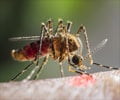
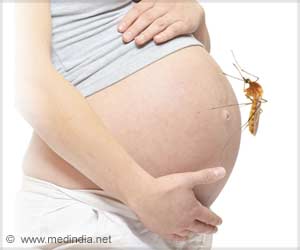

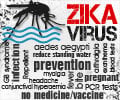
 Email
Email

